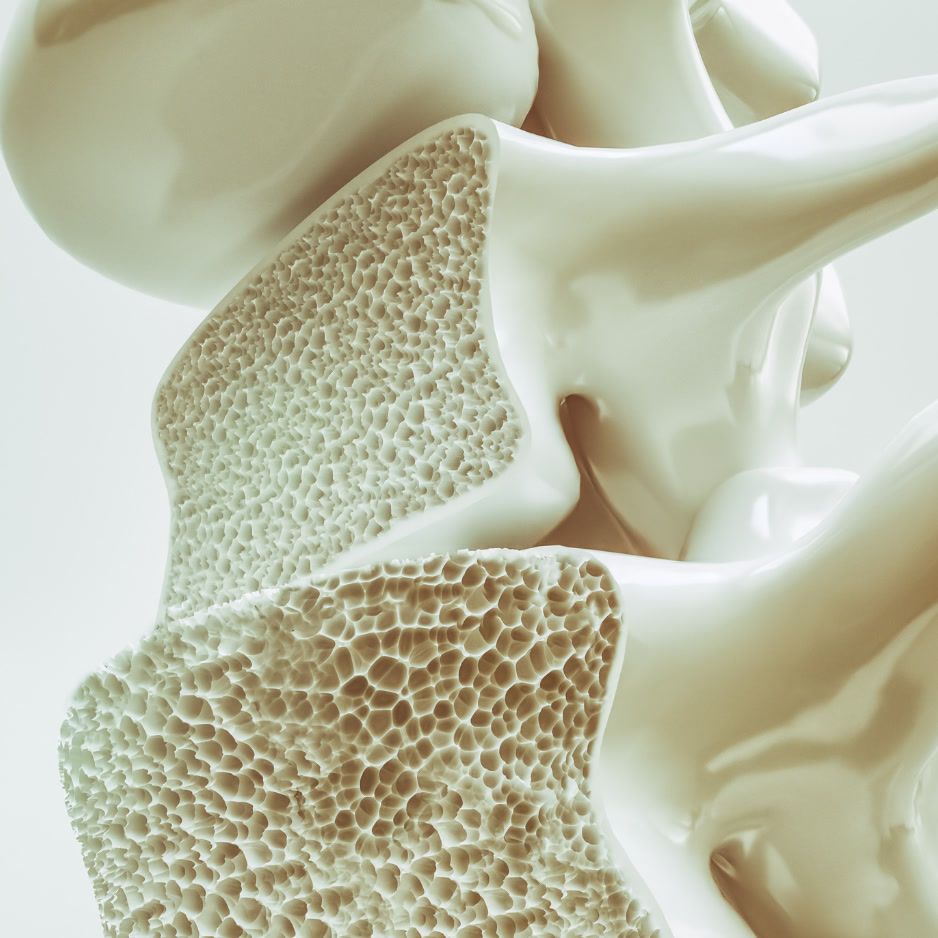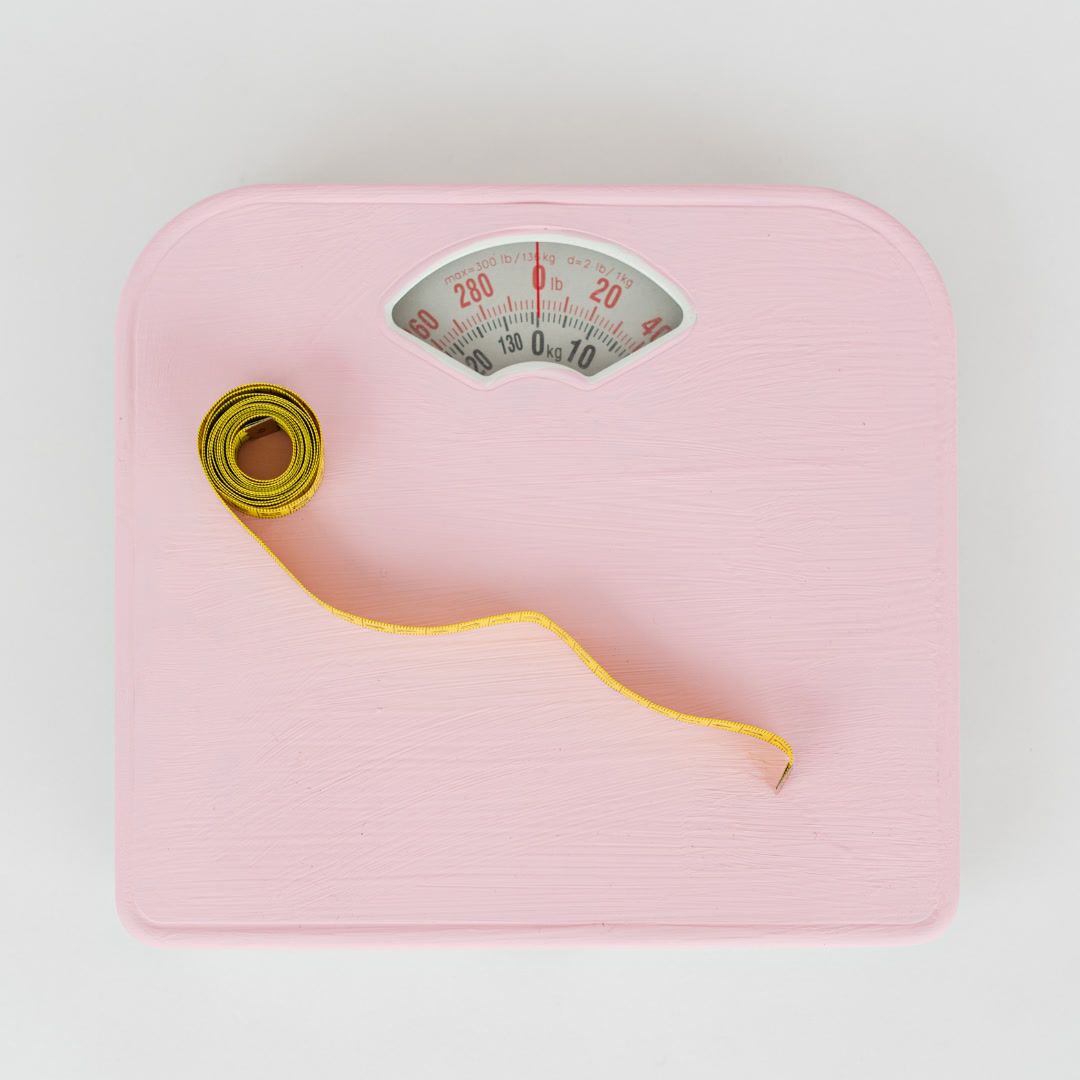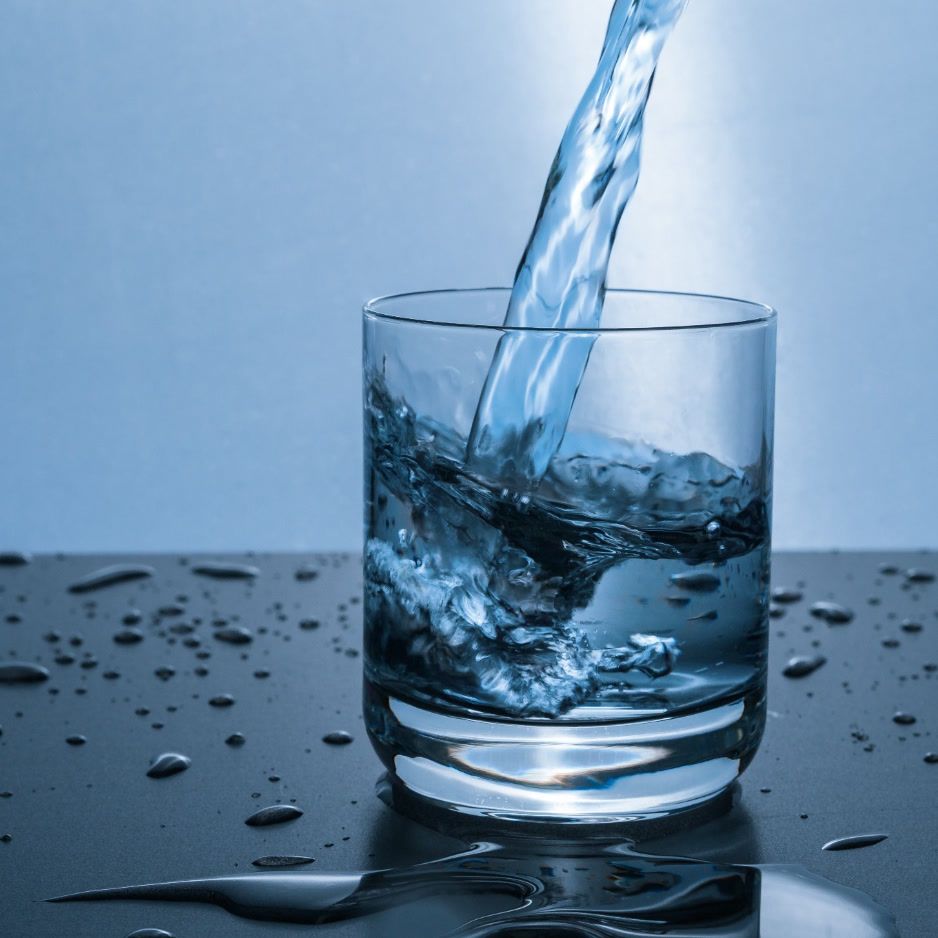Agility Training: Science-Backed Drills & Programs
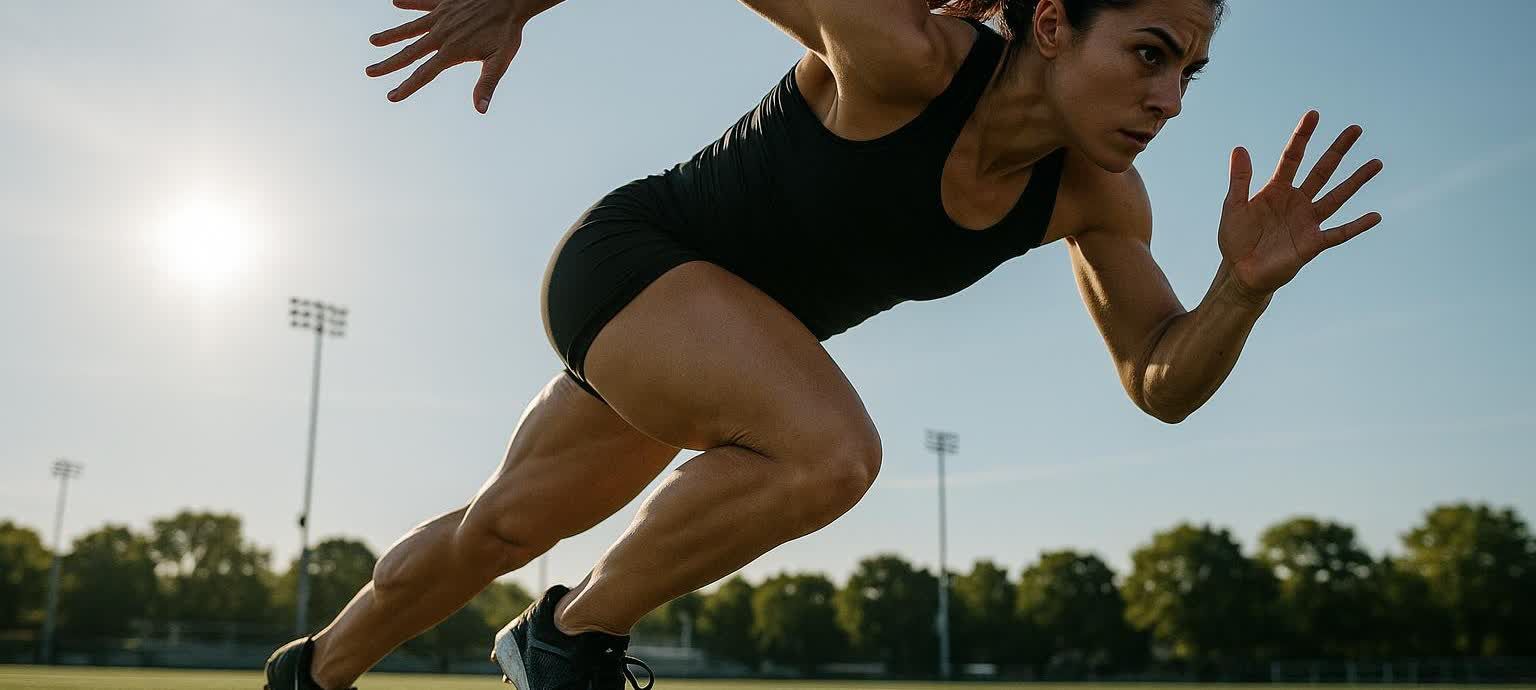
Agility Training: Science-Backed Drills & Programs
Agility isn’t just quick feet—it’s quick decisions. Whether you’re cutting past a defender or staying spry in everyday life, better agility means faster reactions, safer stops, and sharper direction changes. In sports science, agility is “a rapid whole-body movement with change of velocity or direction in response to a stimulus” (Sheppard & Young, 2006).
Quick answer: the most effective agility training (in 30 seconds)
- Train agility 2–3×/week for 10–20 focused minutes after a proper warm-up.
- Prioritize a mix of methods—each targets a different piece of agility (systematic review):
- Short sprints (acceleration): flat or incline sprints to boost first-step speed.
- Plyometrics (SSC power): multi-direction hops/bounds for elastic power.
- Unilateral strength (braking/re-accel): split squats, RDLs, lateral lunges for safe decel and push-offs.
- Reactive drills (decision-making): light/voice/ball cues to train perception–action.
- Test and retest with the 5-10-5 (pro-agility) shuttle or T-Test, and film your cuts for form.
What you’ll get in this guide:
- Warm-up that actually reduces injury risk
- Foundational and sport-specific drills (with progressions)
- Two plug-and-play routines (busy adults and in-season athletes)
- Evidence-based programming tips and FAQs
Warm-up That Protects and Prepares
A good warm-up raises temperature, rehearses movement patterns, and turns on your “brakes” and “engine” without fatigue. Programs like FIFA 11+ have been shown to cut soccer injuries by about 30% across thousands of athletes—an excellent template for field and court sports (meta-analysis, RR ≈ 0.70).
Use this 6–8 minute ramp before agility work:
- General pulse (2 min): easy jog or jump rope
- Dynamic mobility: world’s greatest stretch, leg swings, ankle rockers
- Activation: glute bridges, scap push-ups
- Specific rehearsals: 3–5 short accelerations; plant-and-cut at 50–70%
If you prefer a ready-made routine, try our standard dynamic warm-up (5–15 minutes) with progressions.
The Building Blocks of Agility
Scientific literature often breaks agility down into three core components:
- Strength and power: Stronger legs decelerate and re-accelerate more safely. Unilateral and multi-planar work matter for braking angles and re-acceleration. For getting started, review the fundamentals of strength training for beginners. To add explosive work, use our guide to plyometric exercises.
- Change-of-direction (COD) skill: Efficient foot placement; hip/knee/ankle alignment; low, forward-lean “braking” posture.
- Perception–action (reactive) skill: Reading a cue (opponent, light, ball) and choosing the right movement—this differentiates true agility from pre-planned COD.
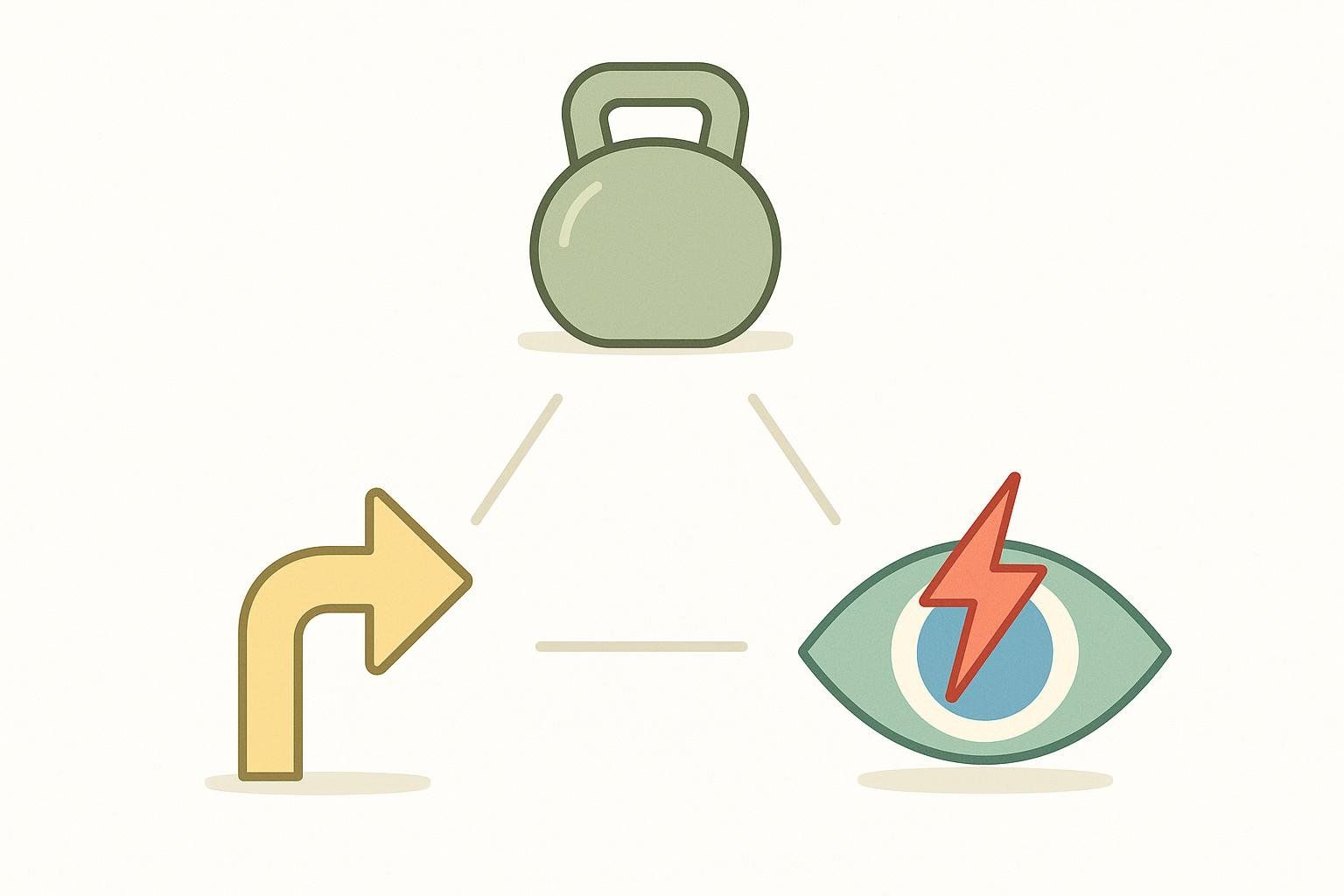
What actually moves the needle? A systematic review of training for the pro-agility shuttle found that sprint, plyometric, resistance, and combined methods all improve performance, with sprint training frequently producing the largest per-session effect, especially incline sprints (Forster et al., 2022).
A note on agility ladders: they can teach rhythm and footwork, but don’t expect magic for COD speed. In youth soccer players, adding ladder drills to regular practice did not outperform standard training for sprint, agility, or dribbling after 6 weeks (randomized study).
Benchmark and Track Your Agility (Simple Field Tests)
Pick one or two tests, run them fresh after your warm-up, and retest every 4–6 weeks:
- 5-10-5 Pro-Agility Shuttle: Set three cones on a line, 5 yards apart. Start straddling the middle cone, hand on the line. On go: sprint 5 yards laterally to one cone and touch the line; change direction and sprint 10 yards to the far cone and touch; then sprint 5 yards back through the middle to finish. Widely used in field sports (NSCA overview).
- T-Test: Forward sprint, lateral shuffles, backpedal in a T pattern—great for court sports (NSCA overview).
- 505 Test: Sprint, 180° turn, sprint back. Modified versions show good reliability in youth (ICC ≈ 0.75; CV < 5%), though sensitivity to very small changes is limited—pair with training logs (youth data).
Pro tip: Film your cuts from the side. Look for hips back, shin angled toward push-off, knee tracking over middle toes, and minimal “extra” steps.
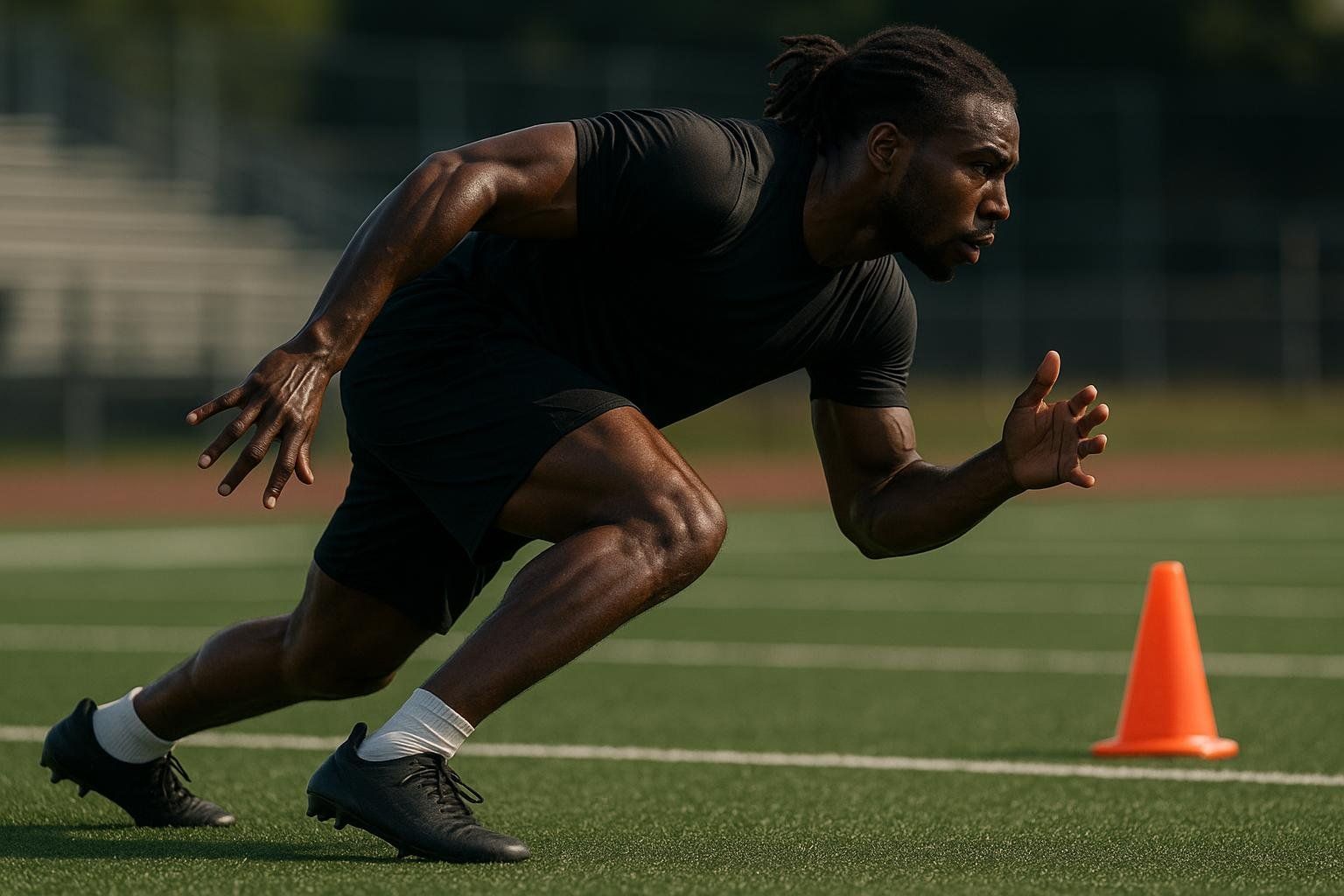
Progressive Agility Drills by Level
Level 1 — Foundations (pre-planned COD)
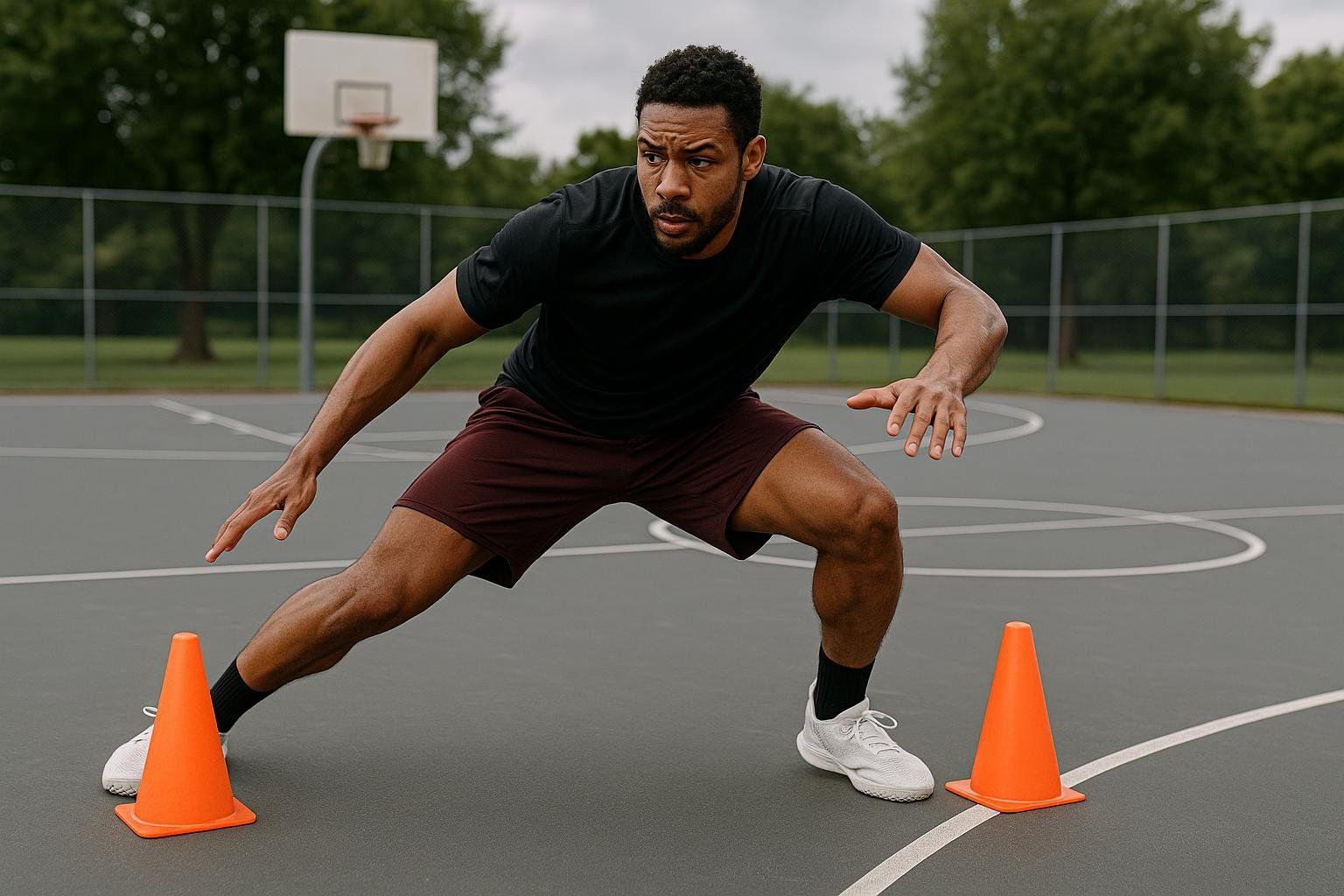
- Cone Accel–Decel: Build speed for 10–15 meters, come to a full stop and hold for 2 seconds, then re-accelerate. (Reps: 4–6)
- Lateral Shuffle Brake & Stick: Shuffle 5 meters each way; on each change of direction, stick the landing and hold briefly. (Out-and-backs: 4)
- Figure-8 Around Cones: Place two cones 5–7 meters apart and run tight figure-8s for 15–20 seconds. (Sets: 3–4)
Level 2 — Add reaction (true agility)
- Partner Mirror Shuffle: Stand 3–5 yards apart with two cones marking a 5–6 yard lateral lane. The leader shuffles and feints within the lane while the follower mirrors for 10–15 seconds. (Sets: 4 per person)
- Ball Drop or Light Cue Sprint: React to a dropped tennis ball or a light/timer cue, then cut to a called cone. (Reps: 6–8) Light-based drills have been shown to improve reactive agility in basketball players (FITLIGHT study).
- Random Number Cut: Set four cones in a square (3–5 yards apart) and label them 1–4. Start at center. A partner calls a number at the last second; plant and cut to the numbered cone, then recover to center. (Reps: 6–8)

Level 3 — Sport-specific
- Soccer: Practice inside/outside foot cuts and V-cuts off a moving pass and finish with a shot. (Reps per side: 4–6)
- Basketball: Run the L-Drill (3 cones) into a closeout and defensive slide; add a reaction pass at the end. (Reps: 4–6)
- Racquet/Tennis: From a split-step, react to a forehand or backhand call, move to that side, then recover to center. (Reps: 6–8)
Keep work bouts short (10–20 s), contacts snappy, and quality high.
Two Plug-and-Play Routines
1) 15-Minute “Lunch-Break” Agility for Busy Adults
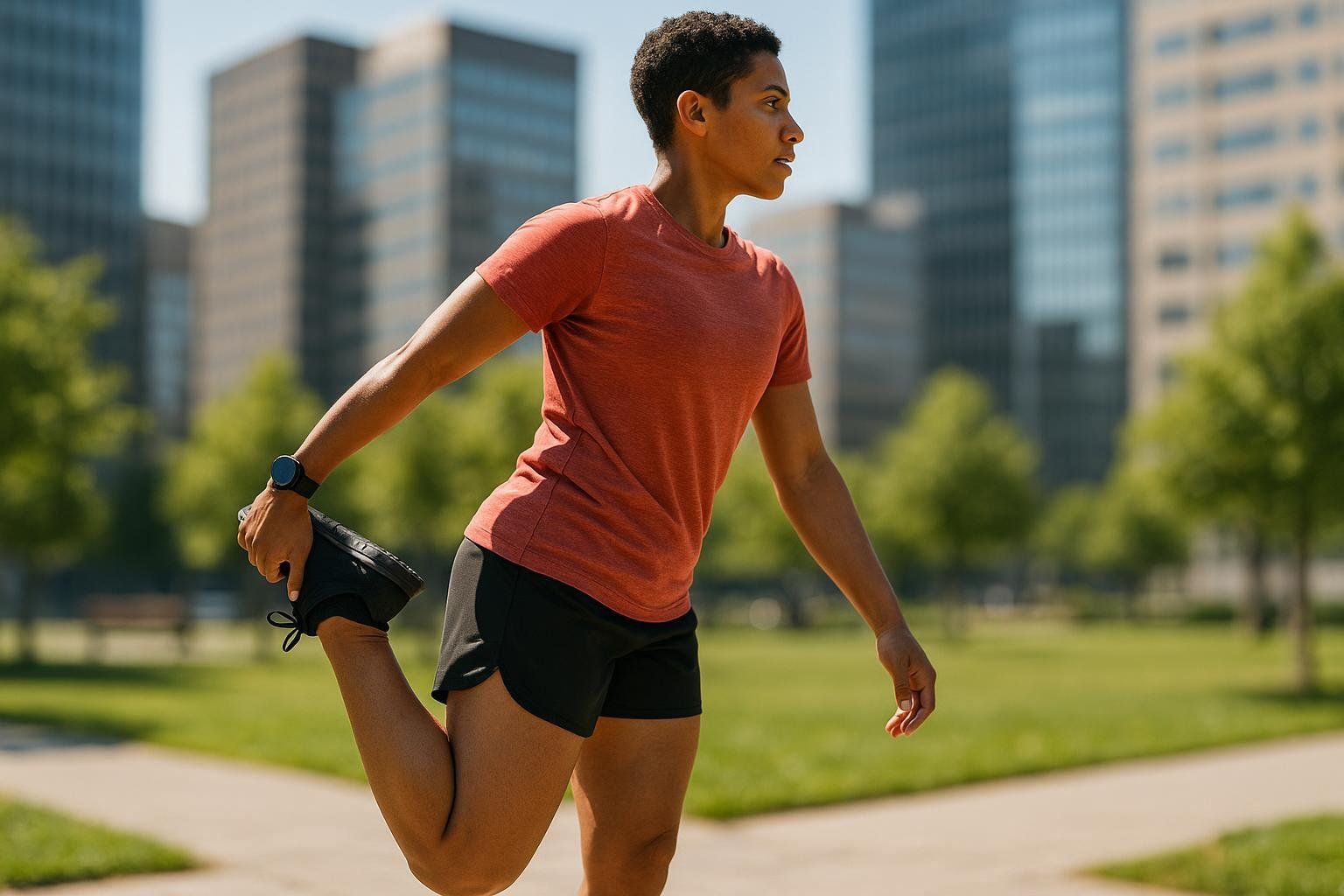
- Warm-up (4 min): from the template above or use our standard dynamic warm-up.
- Block A (6 min): Cone Accel–Decel 4×; Lateral Shuffle Brake & Stick 4×.
- Block B (3 min): Random Number Cut 6× (15–20 s between reps).
- Cool-down (2 min): easy walk + calf/hip mobility; see our mobility exercises.
2) 3-Day Athlete Microcycle (in-season maintenance)
- Day 1: Strength 30–40 min (squat or trap-bar deadlift 4×4–6; split squat 3×6/leg) → Level-1 COD 10–12 min.
- Day 2: Practice + Level-2 reactive drills 12–15 min (mirror + ball/light cues).
- Day 3: Plyometrics 15–20 min (bounds, lateral hops, low-volume depth jumps) → Level-3 sport-specific cuts 8–10 min.
Use RPE to autoregulate: keep agility sets around “7–8” effort—crisp but not gassed. Learn more in our guide to using the RPE scale.
Evidence-based Programming Tips (Quick Wins)
- Combine methods weekly: short sprints, plyos, and strength lifts.
- Match drills to needs: acceleration (resisted sprints), deceleration (split squats, brake-and-stick), direction change (multiplanar hops/bounds).
- Bias specificity: include cutting drills every session; use jumps as support.
- Warm up with purpose: adopt structured templates (e.g., FIFA 11+ principles).
- Use ladders for coordination only: they’re not a standalone COD fix (youth RCT).
- Progress one variable at a time (speed, distance, or reaction complexity) to protect mechanics.
- Train on grippy, even surfaces with sport-appropriate shoes.
Measuring Agility Progress with Body Composition
We’ve emphasized strength, power, and reactive skill as the pillars of agility. Under the hood, these depend on two measurable qualities: how much force you can generate relative to body weight and how balanced your left and right sides are.
A BodySpec DEXA scan quantifies lean mass in each leg, total fat mass, and visceral fat—objective data you can use to strengthen the “engine” (lean mass), trim non-functional weight, and identify side-to-side gaps that may affect braking and re-acceleration. Start with a baseline, then rescan every 8–12 weeks to confirm your program is working (learn how to prepare and how to interpret results).
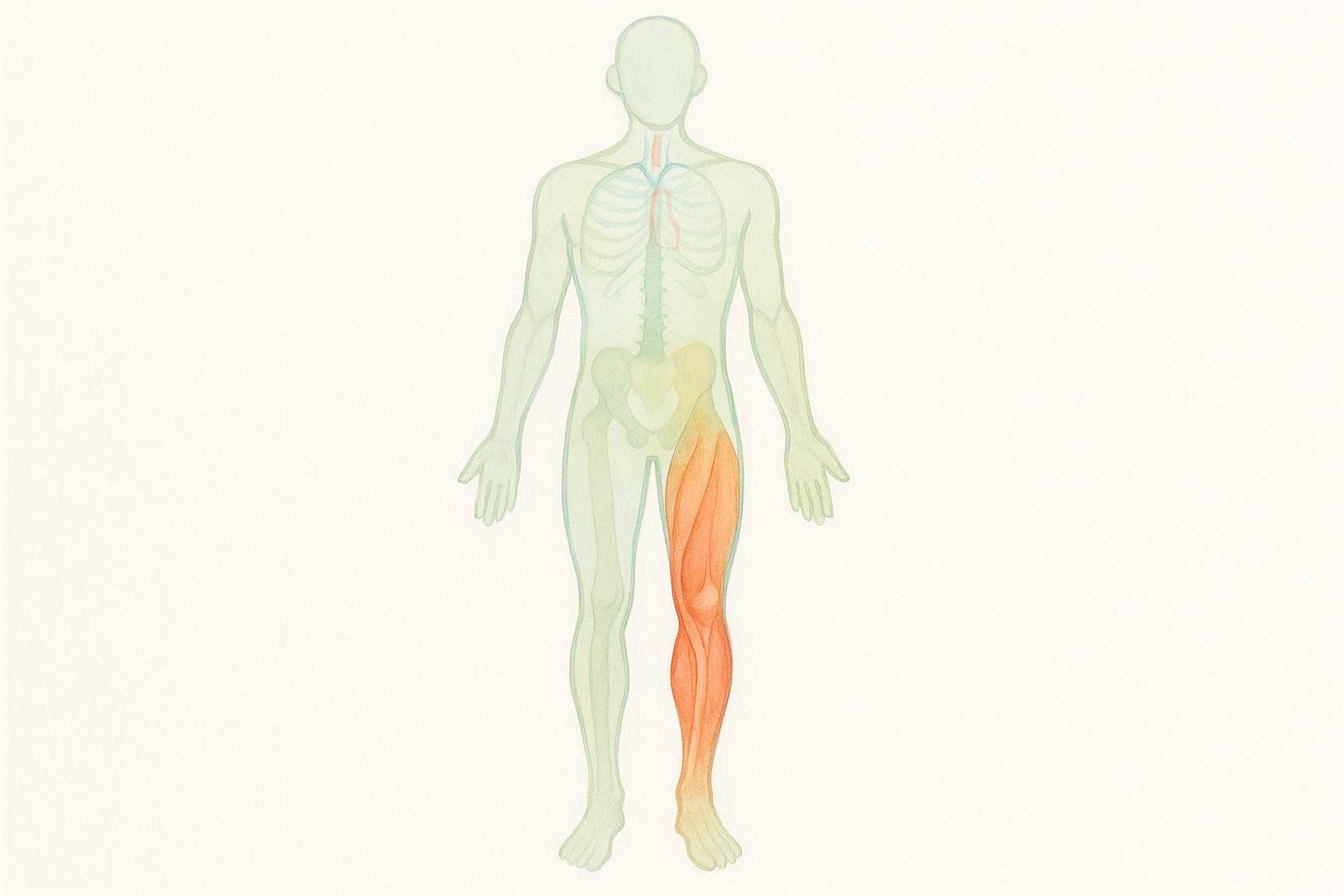
When you’re ready to turn training into measurable results, book a BodySpec scan and track your lean mass, fat mass, and balance over time.
